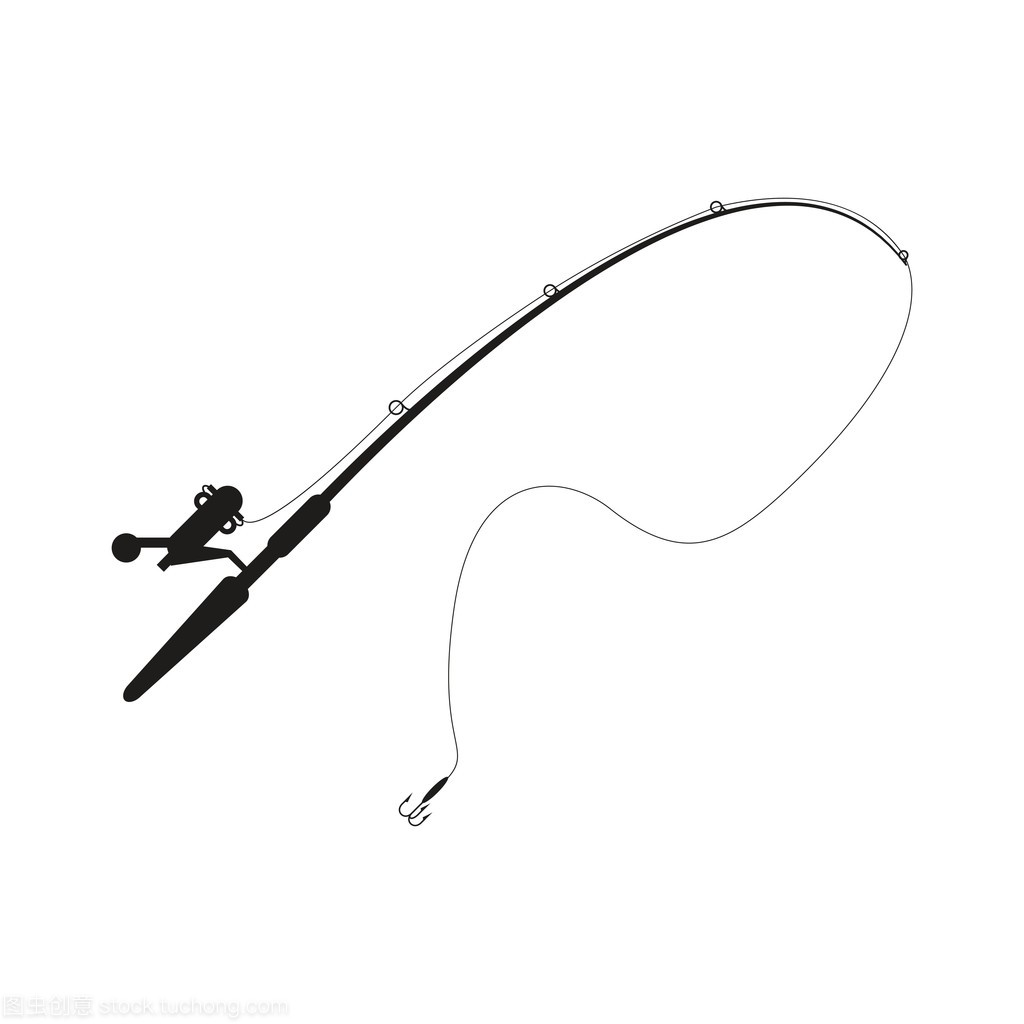Key aspects of fishing rods
2023-12-16
Fishing rods are essential tools for anglers, providing the means to cast and manipulate fishing lines and control the hooking, playing, and landing of fish. There are various types of fishing rods, each designed for specific fishing techniques and conditions. Here are some key aspects of fishing rods:
1. Types of Fishing Rods:
- Spinning Rods: Spinning rods are versatile and suitable for various fishing applications. They feature a reel mounted underneath the rod, and they work well with spinning reels. Spinning rods are popular for freshwater and light saltwater fishing.
- Baitcasting Rods: Baitcasting rods are designed for precision casting with baitcasting reels. They often have a trigger grip and are favored by anglers who target larger fish species or need greater accuracy in casting.
- Fly Fishing Rods: Fly fishing rods are specialized for fly fishing, a technique where an artificial fly is used as bait. These rods are typically longer and more flexible, allowing for the casting of lightweight flies.
- Surf Rods: Surf rods are designed for shore or beach fishing, where longer casting distances are required. They are generally longer and have a powerful backbone to handle larger fish found in the surf.
- Telescopic Rods: Telescopic rods have collapsible sections that make them easy to transport and store. They are convenient for anglers on the go or those with limited storage space.
- Ice Fishing Rods: Ice fishing rods are shorter and specialized for ice fishing conditions. They are designed to be used in conjunction with an ice fishing reel or a simple jigging setup.
2. Rod Length:
- Fishing rods come in various lengths, ranging from ultralight to heavy. Longer rods generally provide longer casting distances, while shorter rods offer better control in tight spaces. The choice of rod length depends on the type of fishing and the angler's preferences.
3. Power and Action:
- Power: Refers to the amount of force required to bend the rod. Power ratings range from ultralight to heavy, with ultralight rods suitable for small fish, and heavy rods designed for larger, more powerful species.
- Action: Describes where along the rod's length it flexes most. Action can be slow, moderate, fast, or extra fast. Fast action rods bend mostly at the tip, while slow action rods bend throughout the length. The choice depends on the fishing technique and the type of lures or bait used.
4. Material:
- Fishing rods are commonly made from materials such as fiberglass, graphite, or a combination of both. Graphite rods are lighter, more sensitive, and provide better casting accuracy, while fiberglass rods offer durability and strength.
5. Grip and Handle:
- Rod grips are typically made of materials like cork or EVA foam. The grip style varies, with some rods having a split grip design. The handle style can include a full-length grip or a shorter trigger-style grip, depending on the rod type.
6. Guides:
- Guides are the rings through which the fishing line passes along the length of the rod. High-quality guides with ceramic inserts reduce friction and provide smooth line flow during casting and retrieval.
7. Reel Seat:
- The reel seat is the part of the rod where the reel is attached. It should securely hold the reel in place and allow for comfortable handling.
When choosing a fishing rod, it's important to consider the specific fishing application, the target species, and the angler's skill level. A well-matched rod and reel combination contributes to a more enjoyable and successful fishing experience.



